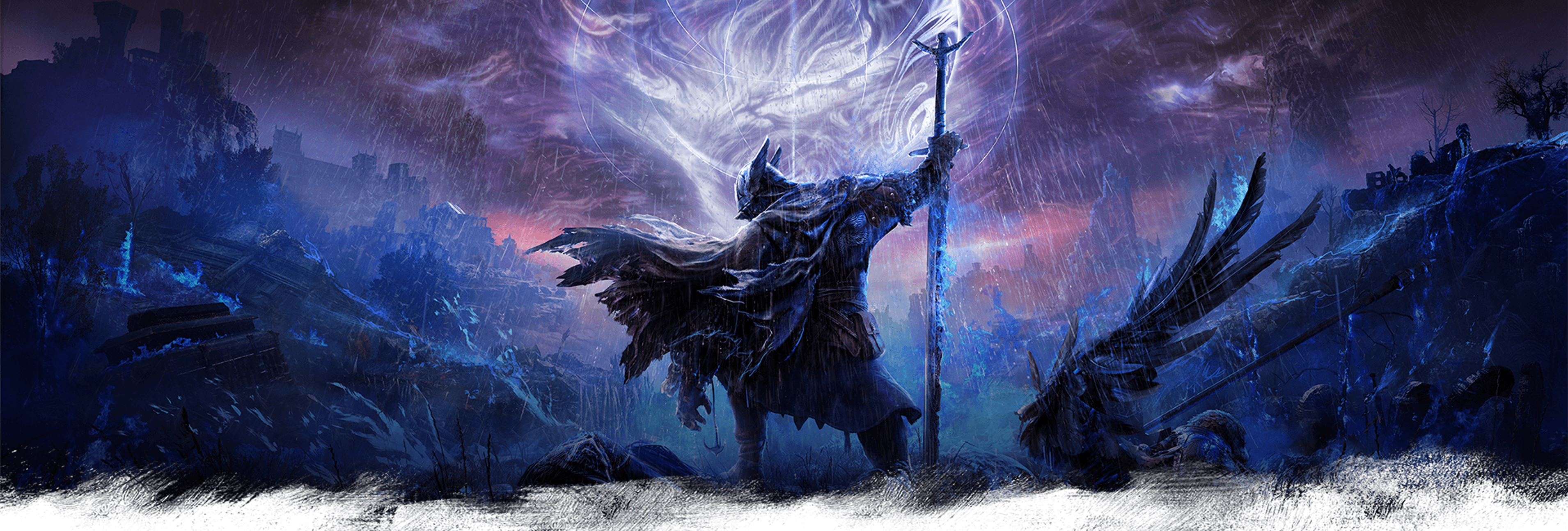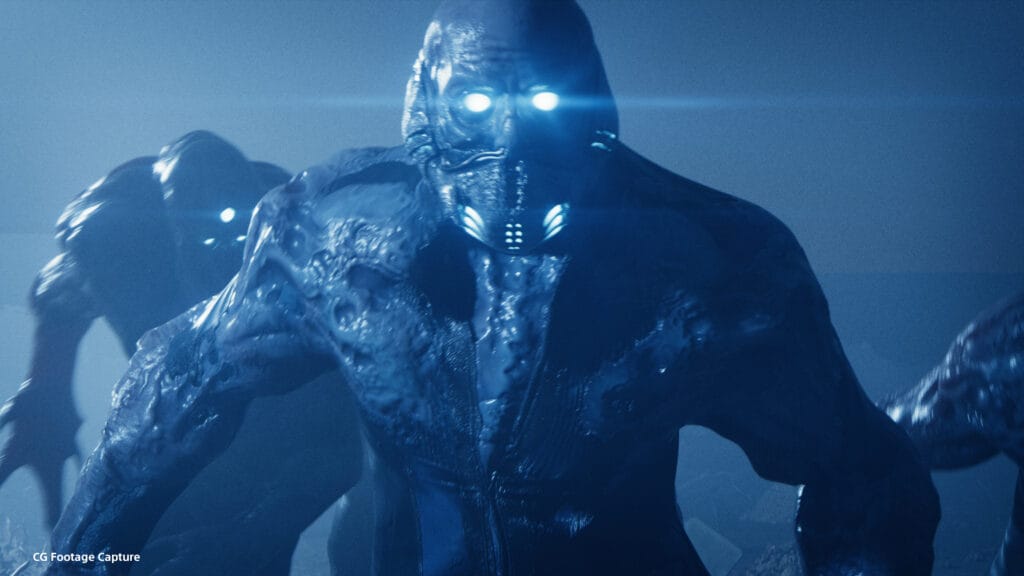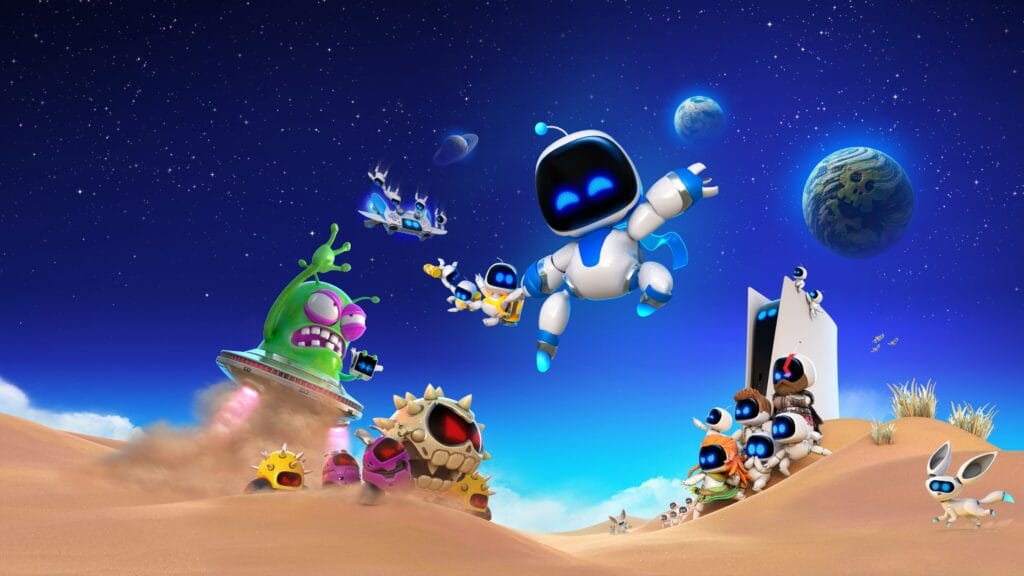The first thing you need to know about Elden Ring: Nightreign is that this is a standalone title that isn’t produced by Hidetaka Miyazaki, the brains behind every good soulsborne released so far. This is important because the only soulsborne game that he didn’t produce – Dark Souls II – was one of the grindiest and most disappointing entries in the franchise. At least in my books.
That said, Nightreign’s game director – Junya Ishizaki – served as Elden Ring’s battle director and his pedigree stretches back to the original Dark Souls. Given that Elden Ring consists of some of the most epic and cinematic battles I’ve ever fought, I will admit that I’m a little less worried that Miyazaki isn’t taking the reins this time around.
However, the second thing that you need to know about Nightreign is that it’s not a sprawling, 40-hour epic. In fact, it’s not even an RPG in the traditional sense. Nightreign is a sort of mishmash of battle-royale (think Fortnite) and PvE co-op survival with rogue-lite elements. And yes, that’s as disconcerting as it sounds.
A 45-minute boss rush?
In an interview with PC Gamer, Ishizaki reveals that Nightreign is a pure PvE experience. There are no invasions and no PvP encounters of any kind. You and up to two other friends / randoms band together for a 30-40 minute play session involving three 15-minute “days” where you blitz through Limveld – a corrupted imitation of Elden Ring’s Limgrave with seemingly randomised layouts – collecting loot and eliminating bosses.
There’s no character creation, and you instead choose from eight pre-built characters called nightfarers, each with special skillsets. One has low HP but a Bloodborne-like sidestep, for example, while another has a charge-up explosive attack, and so on.
You start each session at level 1, but level-up rapidly as you slice through groups of enemies and field bosses. The circle – yes, there is one – starts closing and forcing you to the day’s boss, who you must defeat to progress to the next day. At the end of the third night, you take on one of eight night lords – the final boss.
Speaking of bosses, Nightreign will also see a crossover from the Dark Souls universe.
I noticed the Centipede demon from DS1 and Nameless King from DSIII in the mix. The Firekeeper also makes an appearance, but I’m not clear on what role she serves at the moment.
The entire game seems to be built for speed. You don’t get your trusty Torrent to ride, but your base running speed has been upped by 150 percent apparently, and you’re more agile to aid traversal. Mobs are easier to take out, levelling is faster and can be automated, and sites of grace no longer require that you rest. Oh, and you give a downed partner an arse-whooping to revive them rather than endure some sort of pace-breaking revival routine.
At the end of a few runs – you’ll need at least eight to clear all the nightlords, I believe – you should be able to hit the ground running, literally, and blitz your way to known loot-spots and bosses by the time night sets in. Parts of the world will be procedurally generated and see large-scale changes from time to time, but we don’t know how much of it, and when.
There are other mechanics as well, such as a spirit hawk that drops you into the world and aids traversal, an in-game currency called Murk that you use to purchase emotes and relics that add buffs, and so on.
If you’re concerned that this will be a live-service game, Ishizaki claims that this is not the case and that the game would be a complete, standalone experience from the start, with everything being unlockable via gameplay.
While I’m disappointed that there’s no Elden Ring sequel to look forward to just yet, I’m curious to see what Miyazaki’s protégé gets up to with the soulsborne IP.
For now, all we know is that Elden Ring: Nightreign is expected in 2025. Console gamers can look forward to a network test in February.


